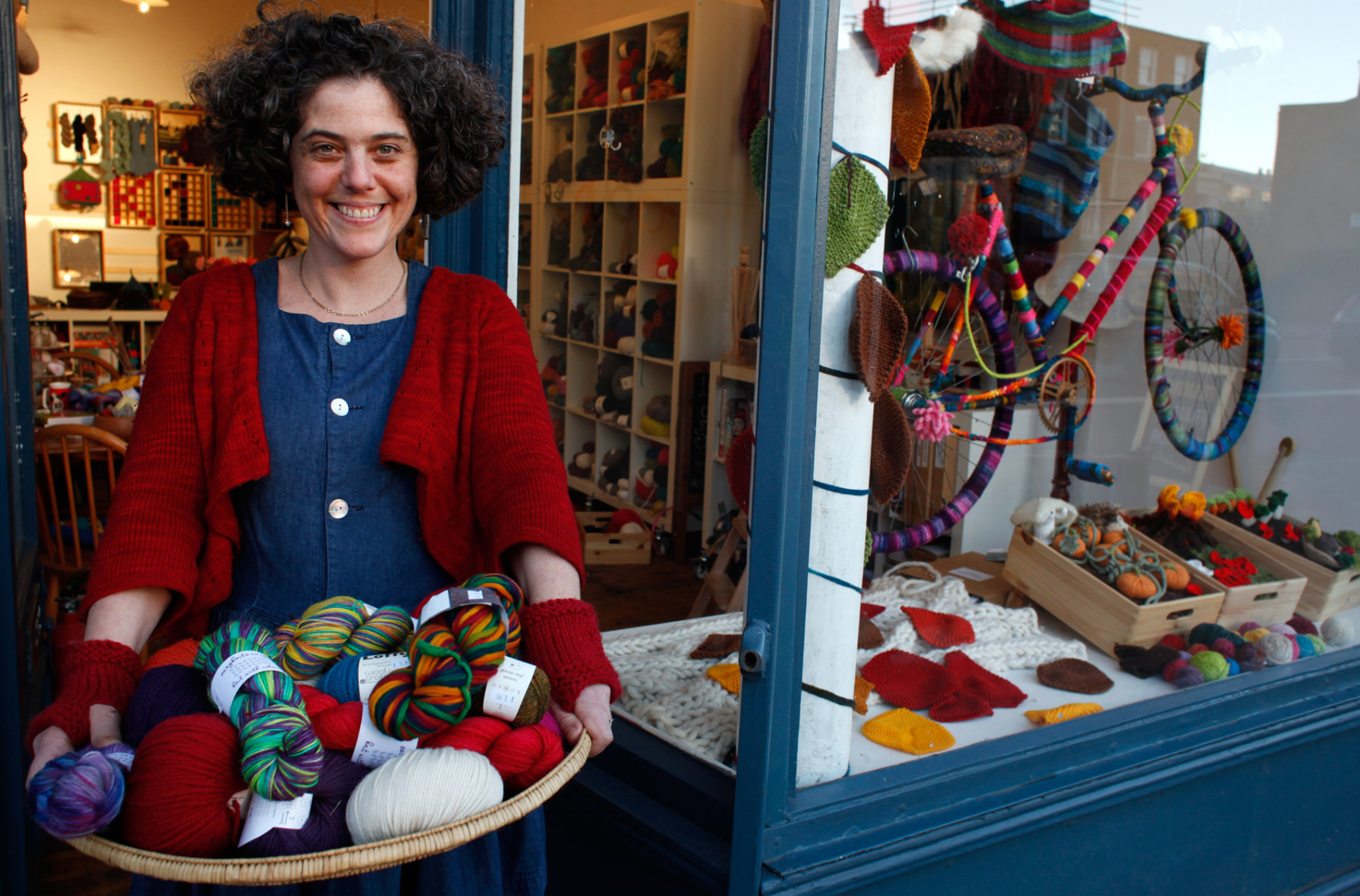“The thing about a croft is that it’s a life-long tenancy. You don’t own the land. You’re just custodians of it for your lifetime… There’s a mindset where you realise that you’re part of a long tradition that started in the mid to late 1800s and you’re just continuing that legacy“.
Meg Rodger’s croft is on the Hebridean island of Berneray in the Sound of Harris. It’s a 12 hectare pocket of land that surrounds her house and runs to the shore. There is land for the sheep to graze and a machair cropping area on the raised beach. After the shearing in the summer, the sheep are taken by boat and set to graze on offshore uninhabited islands in The Sound, a practice made possible by the township’s age-old grazing rights for the local crofters.
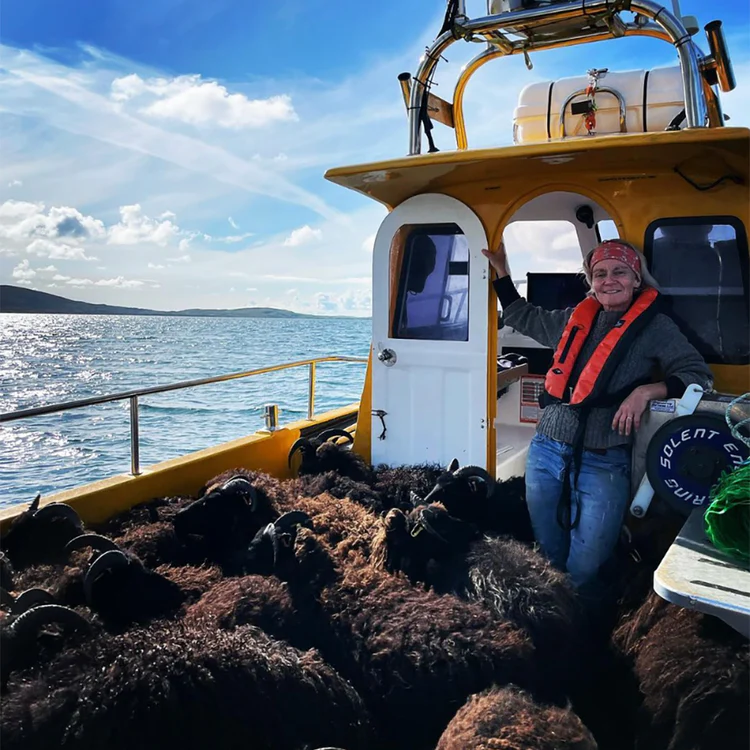
“That’s why I refer to my sheep as sea-faring sheep. We’ve been doing it for 10 years. The grazing is very good on the off shore islands with a much wider range of flora than on the croft. They can get down to the shore and eat seaweed and they come back in really good condition.“
But the sea-faring story of Meg’s flock of Hebridean sheep goes back much further than her move to Berneray. She traces their ancestory to the time when the Vikings conquered the Hebrides in the 9th century AD. They crossed the Harris Sound in their Birlinn long boats bringing their own flocks of Northern short-tailed sheep with them. This wasn’t only about maintaining much-needed supplies of milk and meat for the warriors on board. The sheep were also needed as the sails for the viking long boats were made of wool – something which gave rise to a radical twist in women’s role in the viking economy.
Meg explains, “This could make viking women really rich because while the men were off on boats being warriors, the women kept the sheep. They’d run sail workshops in which women would spin, weave and felt sails which were incredibly valuable to viking ships.“
I’m talking to Meg on her croft from here in Hackney, over Zoom to find out more about the Birlinn Wool Hebridean 4ply that she makes using a combination of fleece from her own flock of Hebriedean sheep and Cheviot from neighbouring crofts. It’s a conversation full of these historical rabbit holes we keep tumbling down. Having explained the north Atlantic genetic heritage of her flock, we move onto the island Land Clearances in the 19th century and the 1886 Crofting Act designed to protect the rights of disenfranchised tenant farmers, as she explains how profit-hungry landowners introduced the more meaty white-fleeced Cheviots which displaced and depleted the old “lean and thrifty” Hebridean sheep. Meg’s hold on the threads that tie her practice on the land with the people and the sheep that have gone before her, is plain. But this is not about harking back to a by-gone age of imagined wholesomeness. It feels both simpler and more profound than that, as well as being firmly rooted in her present. This is about a thoughtful connectedness and continuity which is powerfully integral to all she does as a shepherd, a wool maker and an artist in this fragile island ecology.
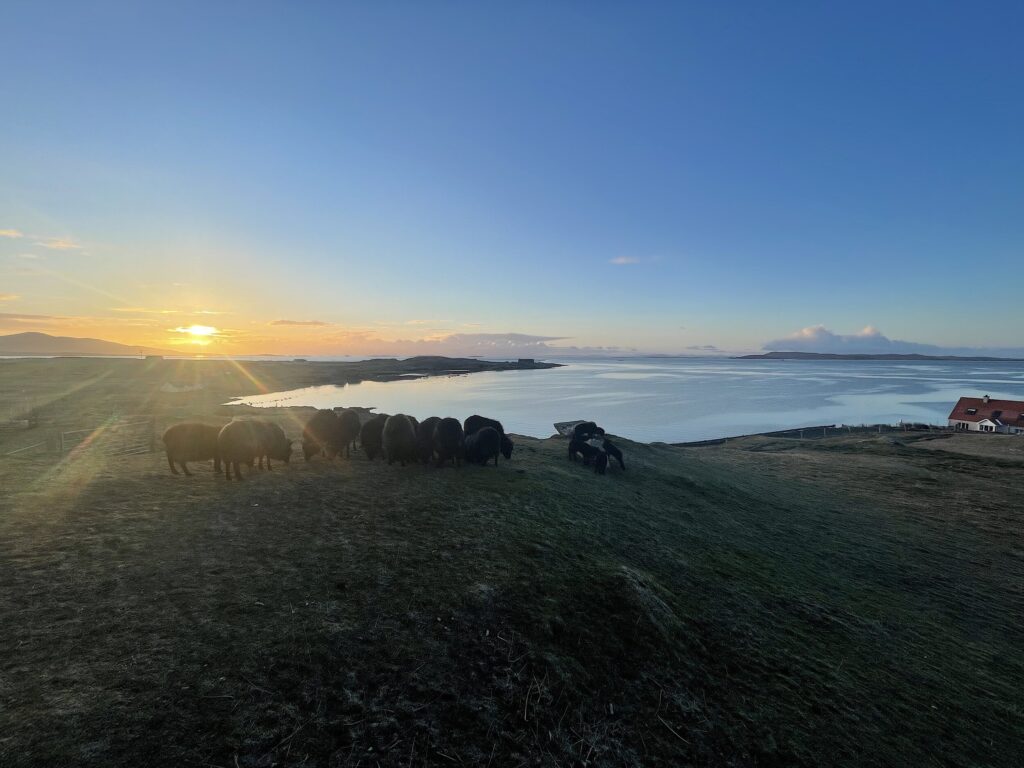
“We’ve got no intention of increasing flock numbers,” continues Meg, “We have to treat the land with respect. We’ve allowed the paddock around the house to grow quite deep in grass over the last 2 summers. Nature has come in really close, so that now we have these beautiful encounters with a Short-eared owl that comes hunting in the tall grass. There’s a Corn Crake that comes every summer. And now that I don’t graze the far paddock until late July, it’s alive with wild orchids… You can get a lot from land by going quietly about it. Now there’s lambing going on and the Arctic Terns are back. This morning I was walking the dog on the beach and I realised the Sand Martens have returned with their little dusty grey faces. In July and August the amount of wild flowers on the machair is incredible: red field poppies.. gold corn marigolds, ox-eyed daises. It still blows me away. It’s agriculture but it’s wild at the same time.“
The names of these flowers are already familiar to me from the ball bands of the balls of wool which Meg has shipped to the shop for all of us to knit with. And now I realise why I find the palette of colours of her Birlinn wool, so arresting. These are colours which have literally grown up together in the grasses and hillsides of Berneray.
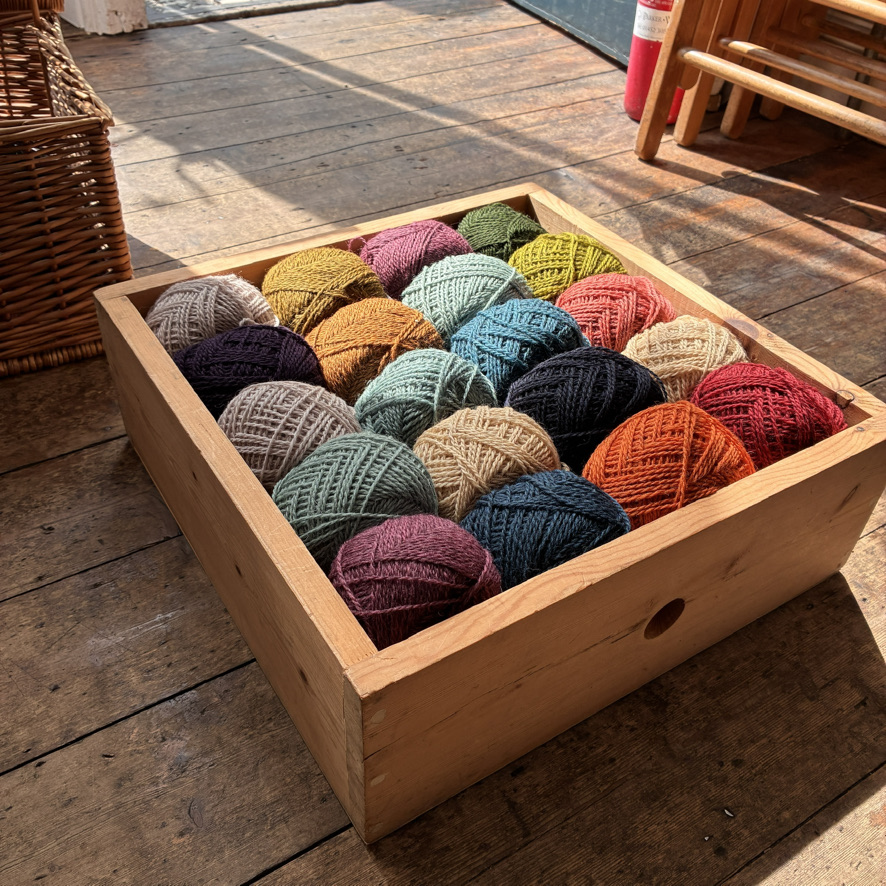
But if it’s the colours which struck me to begin with, it’s the yarn’s fibre which really stole my heart. This wool is rich and soft, with a disarmingly plump and robust handle, given its lustre. The label says 4ply but it’s a yarn which is equally happy to be knit at a sport-ish to light DK gauge, meaning you can create really wearable light fabric. Meg’s enchanting Bunting scarf is a super quick and easy stripey triangular bandana which has you knitting the yarn at a loose 22.5 stitch gauge, to create fabric which gives you enough of the movement you need to wrap around your neck and tie a knot, without a hint of stringiness or daylight between the stitches. Equally, her design for Hamish’s Atlantic Gansey has the yarn working much more densely to create the characteristic heft that the sweater needs.
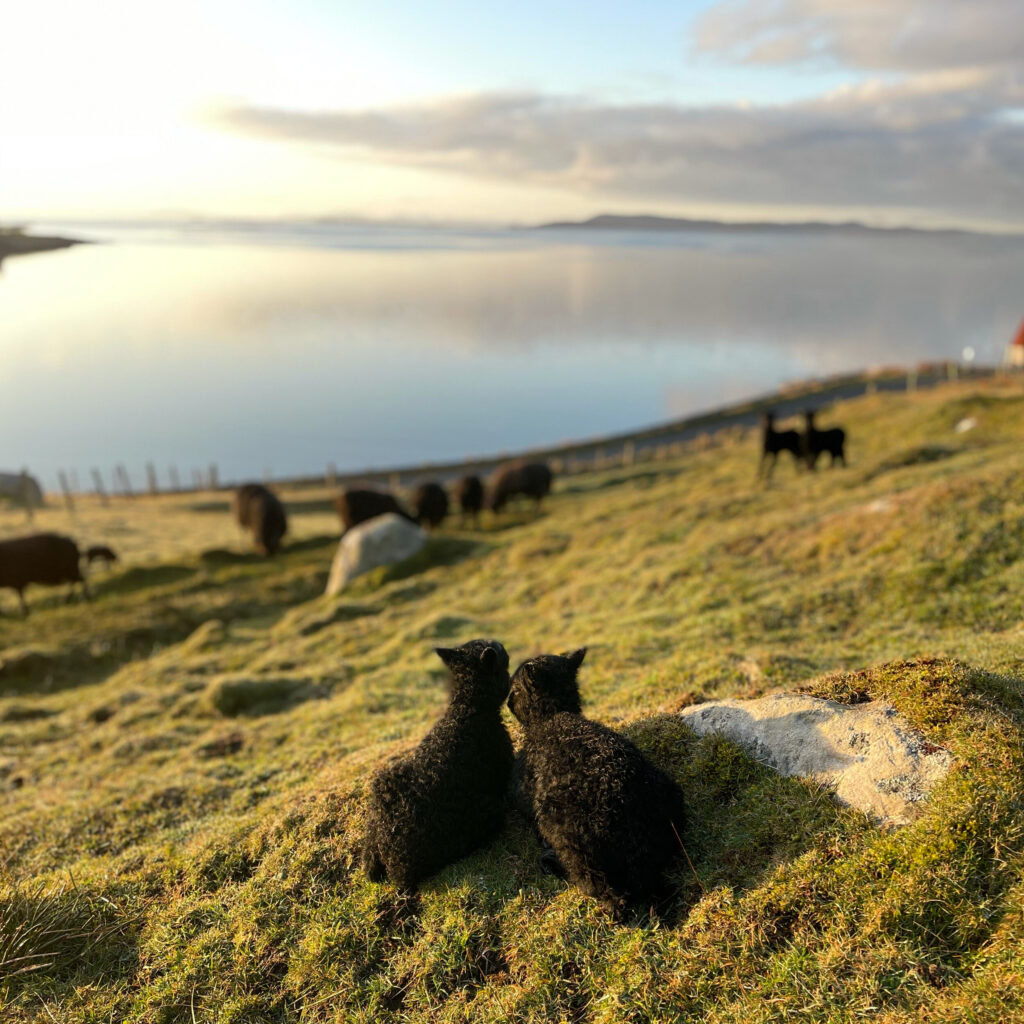
“At the end of June beginning of July we’ll do the shearing. The fleeces are taken off by lorry, onto the ferry to Skye then down to Huddersfield for spinning and dyeing. And we get the balls of wool back about 8 or 9 months later. So the yarn you have from us in your shop in London was from fleece sheared the summer before last. We should be getting the yarn from last summer’s shearing any time now.“
There’s no doubt this sea-faring, wind blown Birlinn wool has had a long journey to reach us in Clapton. It has travelled epochs as well as seas, to get here, and Meg has made sure there’s something of that astonishing voyage you can feel in the twist of the yarn if you’re lucky enough to knit with it.
With enormous thanks to Meg Rodger for sharing her story of the Birlinn Yarn Company, and for making it possible for us to have the wool here in east London.

